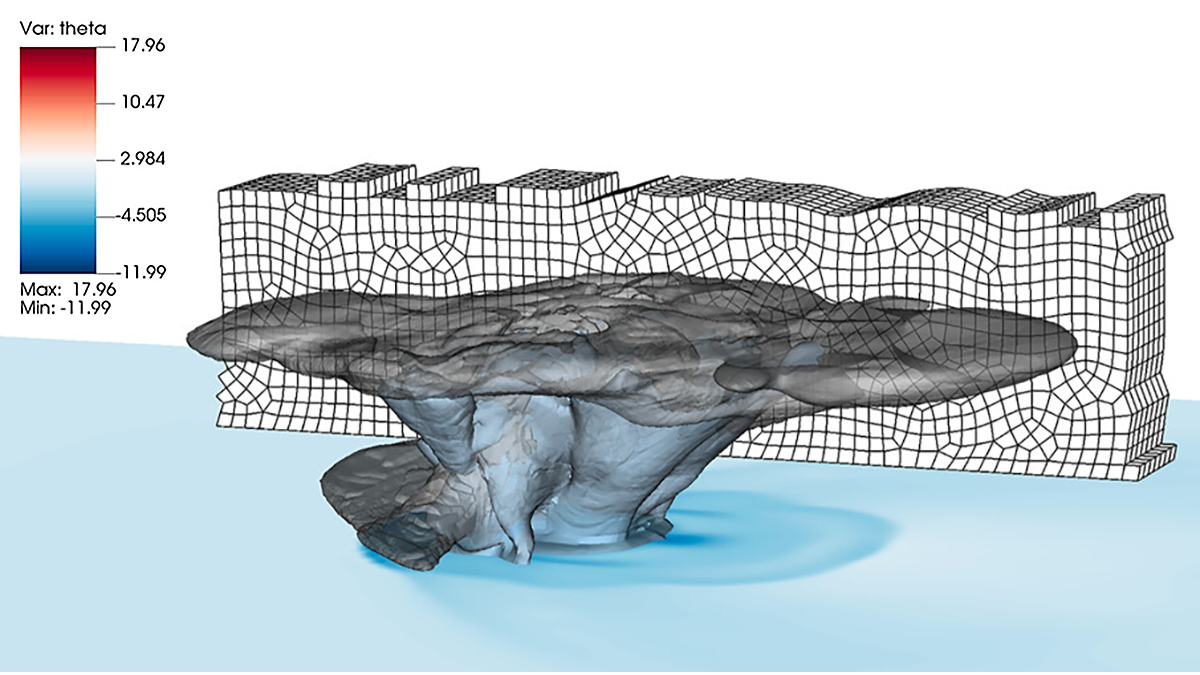Editors’ Highlights are summaries of recent papers by AGU’s journal editors.
Source: Journal of Advances in Modeling Earth Systems
The Earth’s climate is warming faster than ever. While climate models are the tool available to scientists to forecast its future evolution, they are biased by uncertainties that are, arguably, mostly present in the modeling of clouds.
As more and more powerful computers become available, a reduction of cloud modeling uncertainties can be expected by simulating clouds at higher resolutions. While the simplest approach is to increase resolution everywhere in a simulation, computational resources need to be used wisely; for example, by increasing the resolution only in places where deemed necessary. Grid refinement in the vertical direction, however, may lead to the loss of the vertical structure of the grid columns, in which case it becomes much more difficult to use the traditionally column-based physics packages that are utilized to model clouds and precipitation.
Tissaoui et al. [2023] propose a solution to this problem by presenting an algorithm to solve the equations that model clouds and rain on arbitrary grids in any spatial direction. This approach is also advantageous from a computational perspective since it allows full 3D flexibility in splitting the work among hundreds or thousands of processors.
Citation: Tissaoui, Y., Marras, S., Quaini, A., de Brangaca Alves, F. A. V., & Giraldo, F. X. (2023). A non-column based, fully unstructured implementation of Kessler’s microphysics with warm rain using continuous and discontinuous spectral elements. Journal of Advances in Modeling Earth Systems, 15, e2022MS003283. https://doi.org/10.1029/2022MS003283
—Jiwen Fan, Editor, JAMES

